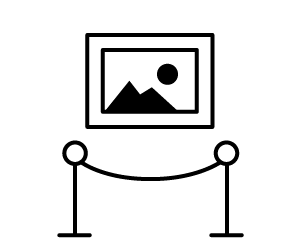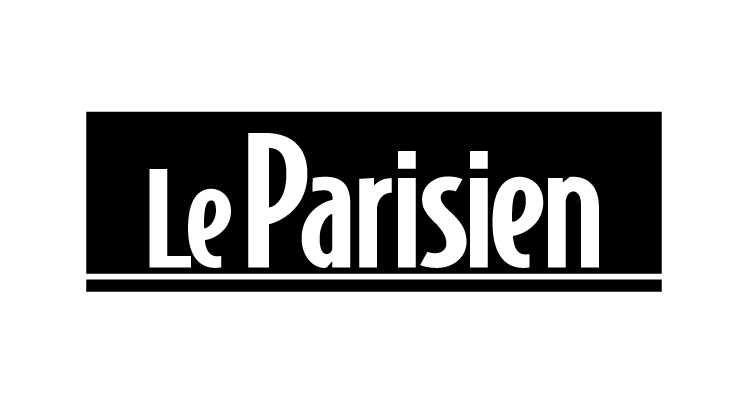Geometric abstraction paintings
To summarize, abstract painting is divided into two major tendencies, we can say that abstract artists take two paths to make take the opposite of visible reality. There are those who will use simple geometric shapes and pure colors in their abstract paintings. We shall then speak of geometric abstraction, a school to which Malevich belongs. On the contrary, there are those who will express themselves more freely without worrying at all about geometry in their abstract compositions, we speak then of lyrical abstraction, school to which Kandinsky belongs. The work "Black square on white background", probably made in 1915, is at the foundations of geometric abstraction. Kazimir Malevich, by proposing this clean and geometric painting, intends to make a clean slate of traditional painting. His geometric paintings quickly became popular in Europe. Collectives inspired by this abstract aesthetic are born in the Netherlands, Poland, Hungary... and hundreds of abstract artists, in the late 1920s, are organized in cross-border groups (Circle and Square, Abstraction-Creation). The design of the Bauhaus (pure colours, clean lines...), a school founded in Germany, popularizes their research. Piet Mondrian is another great representative of geometric abstract art. It is by studying the cubists, that the Dutch abstract painter to the intuition of the grids which give at the same time an impression of stability and an illusion demouvement to his abstract canvases.























